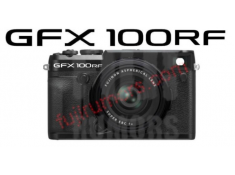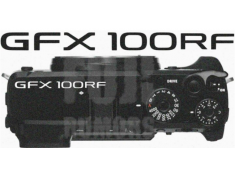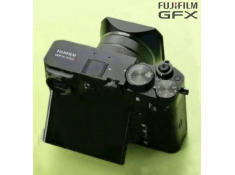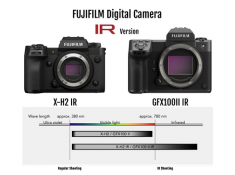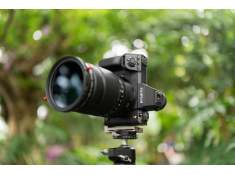Shaping Light at 102 Megapixels: How the VND 2–32 and CPL Filters Perform on the Fujifilm GFX100 II + GF45-100 mm F4
Monday 03 November 2025
 83
83
 Reproduction without the author's authorization is prohibited
Reproduction without the author's authorization is prohibited
by DawnTideNN
Medium-format systems have a natural advantage in plant photography. A larger image sensor provides a wider dynamic range and finer tonal gradation, allowing leaf textures and subtle variations of light to be preserved under high-contrast illumination. The 102-megapixel resolution makes color transitions smoother, and the level of detail far surpasses that of ordinary full-frame systems. This shoot took place at the Sky Garden greenhouse in Hunan Botanical Garden, using the Fujifilm GFX100 II body with the Fujinon GF45-100 mm F4 R LM OIS WR lens. The light inside the greenhouse reflected in multiple directions, and the glossy leaf surfaces were complex, so I used a K&F CONCEPT 3-in-1 VND2-32 + CPL 82 mm (36-layer multi-coating) filter on the front. This filter performed stably in reflection control and color reproduction, suitable for high-resolution medium-format systems. 

In a medium-format system with high resolution (11648×8736 px, 1.02 MP), image detail is sufficient to reveal very subtle brightness and color differences. Specular reflections on leaf surfaces can cause local whitening, weakening the green tones and hiding detail. A CPL filter can selectively absorb polarized light from certain directions, effectively reducing these reflections. By slowly rotating the filter in the viewfinder until surface glare is reduced and colors return to natural, you can easily find the correct CPL angle.


When using the K&F CONCEPT VND2-32 + CPL 82 mm, reflections were noticeably reduced while the sharpness and clarity of the image were maintained, which is especially important for high-resolution systems. The following images show that, even when magnified 1000 %, the details remain clear with the CPL filter attached. Shooting was done in aperture-priority (A) mode at F8 on a tripod. Without the filter, bright leaf areas appeared gray with strong reflections and low saturation; with the filter, reflections were effectively suppressed, green tones restored, and shadow details enriched.


In the greenhouse, the CPL mainly filtered out bluish reflections from the glass roof and sky, causing the overall tone to shift slightly toward warm yellow and yellow-green, making greens fuller and more natural. This change is not a color cast but the result of a re-balanced spectral distribution. In these comparison images, the histogram shows the blue curve decreasing and the green curve rising. The 36-layer multi-coating of the K&F CONCEPT filter ensures high transmittance and low reflectivity, reducing ghosting and stray light. When enlarging the RAW files to 100 %, 200 %, or even 1000 %, the leaf veins and surface textures remain sharp without loss of definition, showing that the optical precision of this filter fully matches the resolving power of a medium-format system.


The images display details of Pachystachys lutea, Hibiscus schizopetalus, and Goeppertia makoyana. The golden bracts of Pachystachys lutea stack like a tower, with white corollas extending outward like “shrimp whiskers,” and fine hairs clearly visible in the magnified view. Hibiscus schizopetalus has deeply split, recurved petals and a long tubular stamen, resembling an inverted lantern; both petal edges and stamen structures are clearly distinguishable. Goeppertia makoyana has pale-green feather-like patterns resembling peacock feathers, where every variation between green and white is rendered precisely.
Using the variable ND2-32’s light-reduction function allows maintaining a constant aperture under strong light for balanced exposure. Comparing RAW files shows that the filter introduced no visible sharpness loss or edge softness; overall gradation became richer, micro-contrast improved, and the colors appeared more natural.

The 82 mm filter diameter fully covers the front element of the GF45-100 mm F4 lens, producing no vignetting. Its high-precision polarizing layer and multi-coating design maintain stable transmittance and color consistency even on high-pixel bodies. In photographing plants, water, or rock textures, the filter controls reflections while preserving sharp details, providing more dynamic range for post-processing. Overall, the K&F CONCEPT ND2-32 + CPL 82 mm (36-layer coating) filter performs evenly on the Fujifilm GFX100 II + GF45-100 mm F4 system. It effectively reduces reflections and enhances tonal depth while maintaining the detail density and transparency expected of a medium-format camera. For a 102-megapixel system, this filter is not merely an accessory but a reliable tool for light management. When reflections are suppressed, the texture and color of plants reappear, and the authenticity of the image is restored.
Text & Images / DawnTideNN
Member of Changzhou Photographers Association
Contracted Photographer – Visual China Group
Contracted Photographer – MiPai Platform
Statement: all contents and remarks made by K&F CONCEPT 's intranet friends only represent themselves and do not reflect any K&F CONCEPT 's opinions and views.
-
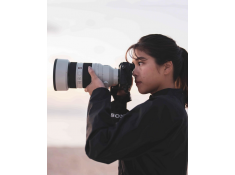 Sony to Launch Multiple New Products at Two Recent EventsTuesday 04 November 2025
Sony to Launch Multiple New Products at Two Recent EventsTuesday 04 November 2025 -
 Canon RF 45mm F1.2 STM is about to be releasedMonday 03 November 2025
Canon RF 45mm F1.2 STM is about to be releasedMonday 03 November 2025 -
 Panasonic Lumix S1H II Camera Appearance SpeculationFriday 31 October 2025
Panasonic Lumix S1H II Camera Appearance SpeculationFriday 31 October 2025 -
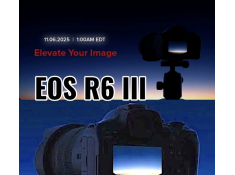 Canon will officially release the EOS R6 III on November 6thThursday 30 October 2025
Canon will officially release the EOS R6 III on November 6thThursday 30 October 2025 -
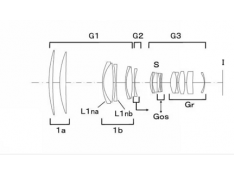 Sigma 200mm F2 DG OS Lens Patent PublicatedWednesday 29 October 2025
Sigma 200mm F2 DG OS Lens Patent PublicatedWednesday 29 October 2025


